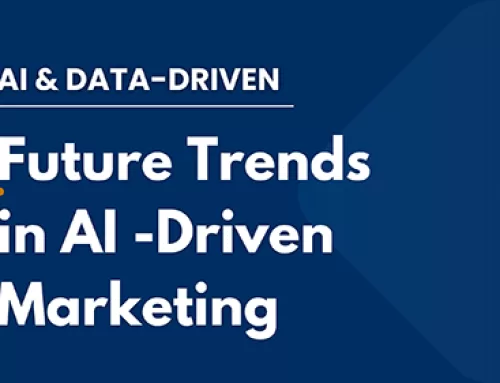Programmatic Advertising – Ad Optimization
Programmatic advertising is the automated buying and selling of digital advertising space. It utilizes real-time bidding (RTB) to purchase ad inventory across various digital channels, including websites, apps, and social media platforms.
Key Benefits of Programmatic Advertising:
- Efficiency: Automation streamlines the ad buying process, saving time and resources.
- Precision: Real-time bidding allows for highly targeted ad delivery to specific audiences.
- Performance: Data-driven insights enable continuous optimization for better campaign results.
- Scalability: Programmatic advertising can easily handle large-scale campaigns across multiple channels.
Ad Optimization in Programmatic Advertising
Ad optimization is the process of refining and improving programmatic ad campaigns to achieve maximum effectiveness. It involves leveraging data and analytics to make informed decisions and adjustments to the campaign strategy.
Key Areas of Optimization:
- Targeting:
- Audience Segmentation: Refine audience targeting based on demographics, interests, behaviors, and other relevant criteria.
- Contextual Targeting: Deliver ads to websites and apps with content relevant to your product or service.
- Geo-Targeting: Target specific geographic locations to reach local audiences.
- Device Targeting: Optimize ad delivery for different devices (desktop, mobile, tablet).
- Bidding Strategy:
- Fixed Bid: Set a fixed bid price for each ad impression.
- First-Price Auction: Bid the exact amount you’re willing to pay for an impression.
- Second-Price Auction (Vickery Auction): Bid the maximum amount you’re willing to pay, but only pay the next highest bid + a small increment.
- Dynamic Bidding: Utilize algorithms to automatically adjust bids in real-time based on factors like ad performance, inventory availability, and competition.
- Creative Optimization:
- A/B Testing: Test different ad variations (e.g., headlines, images, calls to action) to identify the most effective ones.
- Dynamic Creative Optimization (DCO): Personalize ads with dynamic elements like product images, pricing, and personalized messages.
- Creative Format Optimization: Experiment with various ad formats (e.g., display, video, native) to find the best fit for your target audience.
- Frequency Capping:
- Control the number of times an individual user sees your ad within a specific timeframe to avoid ad fatigue.
- Ad Scheduling:
- Schedule ad delivery to specific times of day or days of the week to maximize impact.
- Performance Measurement and Analytics:
- Track key performance indicators (KPIs) like impressions, clicks, click-through rate (CTR), conversion rate, and cost per acquisition (CPA).
- Utilize analytics tools to analyze campaign data and identify areas for improvement.
- Continuous Optimization:
- Regularly monitor and adjust your campaign strategy based on performance data.
- Stay updated on industry trends and emerging technologies to optimize your campaigns.
By effectively optimizing your programmatic ad campaigns, you can improve targeting accuracy, increase engagement, drive conversions, and maximize your return on investment (ROI).






Leave A Comment
You must be logged in to post a comment.